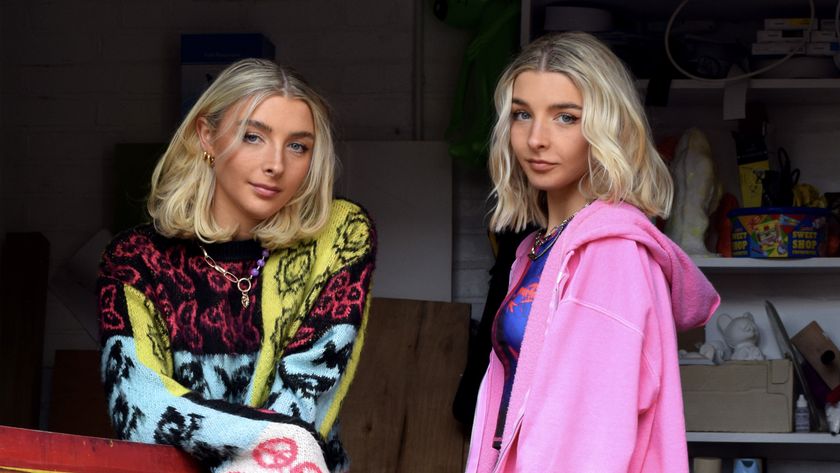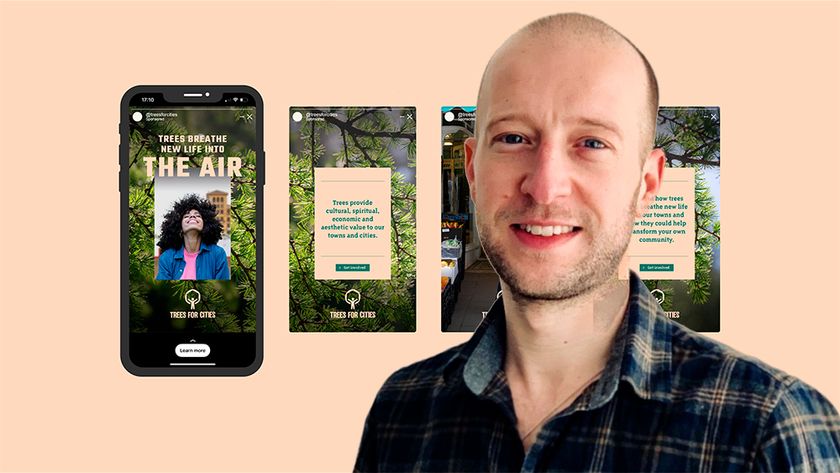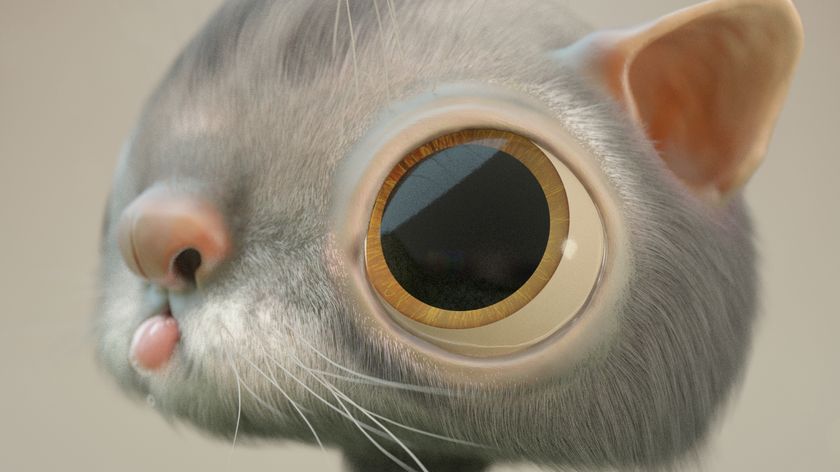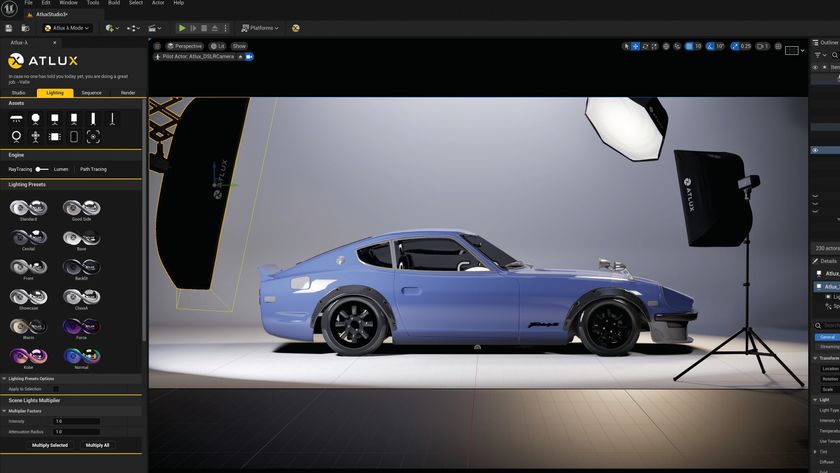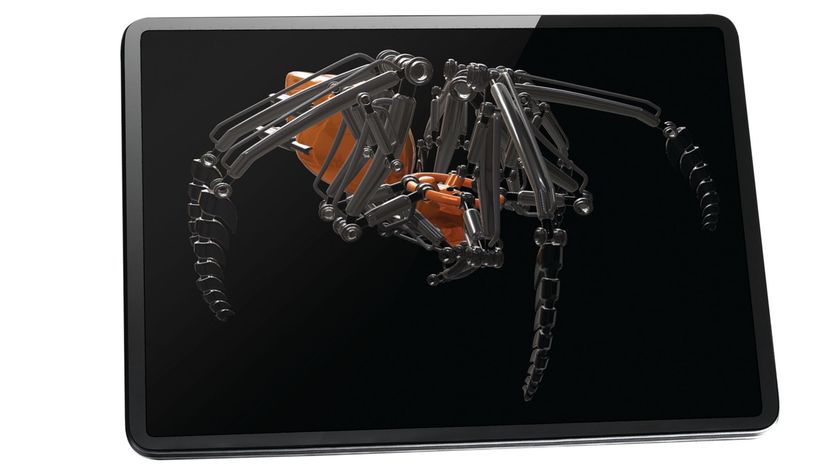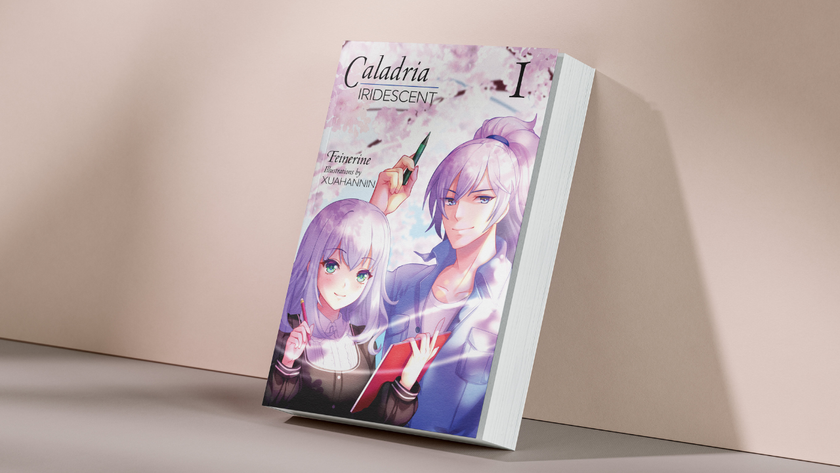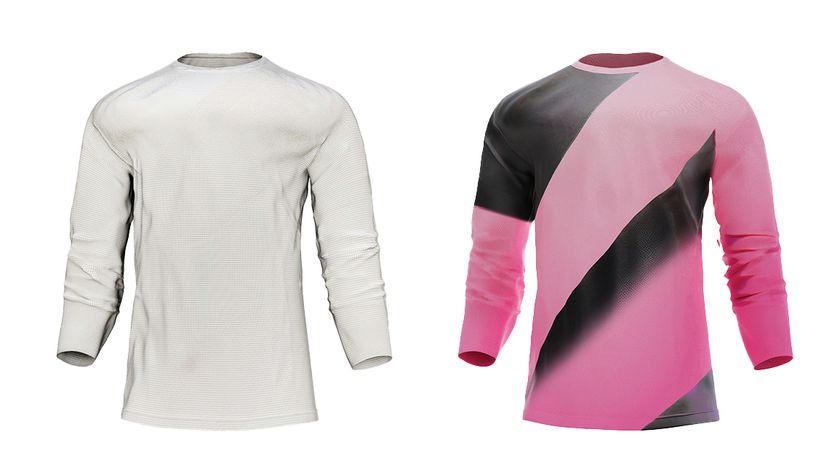5 steps to becoming an editorial illustrator
Having commissioned for BBC magazines, Anna Wray hands out some advice for those trying to get in to editorial illustration.
Along with creativity, flexibility and freedom, one of the best things about working as an illustrator is the broad range of specialist areas. One of the largest is editorial illustration; this type of illustrator creates illustrations for magazines and newspapers and because they are generally weekly or monthly that means regular and varied work for an illustrator.
I have been a commissioner of illustration for BBC Magazines as well as working as an editorial illustrator. Having experienced the industry from both sides I have gained a good insight into how to forge a decent career, here is what I have learnt along the way.
01. Focus your portfolio
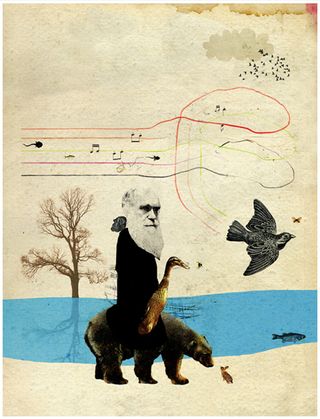
As an illustrator it is really important to focus your portfolio on the area that you most want to work. Clients are inherently risk averse, to a large extent they want to know what they are getting. You need to have at least 10 good editorial pieces in your portfolio.
It's a bit of a chicken and egg situation if you have not been commissioned yet. The best thing is to scour newspapers and magazines for interesting stories and illustrate them.
You could even do a few illustrations for start up magazines for free in the beginning just to build up your portfolio. This will give your work purpose and focus and importantly prove to clients that you are a good editorial illustrator, with this behind you, you are much more likely to get your first paid commission.
02. Address list of possible clients

It's really important to research your possible future clients within editorial illustration. The AOI (Association of Illustrators) sell 'The Editorial Directory' in their online shop, it is a fantastic up to date resource of companies that commission editorial illustration and will save you aeons of time.
If you want to work for The Guardian for example, have a look at the sort of work they commission: can you see your work fitting in there? You don't want to waste your time with clients who do not commission your kind of work. It will save you a lot of time and money to have a focused address book.
03. Send something in the post and try to meet your possible clients face to face
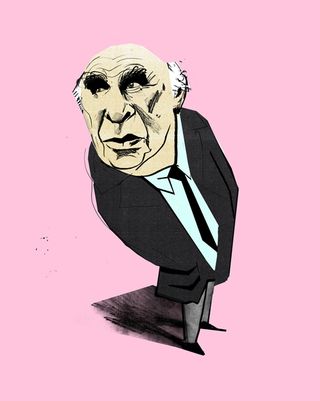
It's tempting to send an email with a website link to a client but it's so much better to send them something in the post which they can keep. Regular commissioners of illustration love to receive inspiring things in the post (doesn't everyone?) and will have a place near their desks to keep the best they receive. They might not have the right commission for you that month but if they have something tangible from you they're much less likely to forget you.
Follow up with a phone call or email a few days after they receive their post and (if geographically possible) ask if you can come in and show them your portfolio. Face to face meetings are a fantastic way to build up a personal relationship with your clients.
04. Be flexible
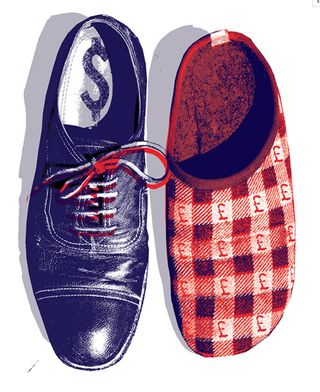
Once you have won that prized first commission, remember to try and be as flexible and client friendly as possible. The client will want to see a rough first so they can ask you to make changes and adjustments and have some creative input into the final illustration. Don't see this as an assault on your creative integrity, this is a normal part of the process.
An illustrator who gets upperty about changes and feedback at the rough stage is risking getting a bad reputation for being difficult to work with. I have seen this happen!
05. Keep in touch
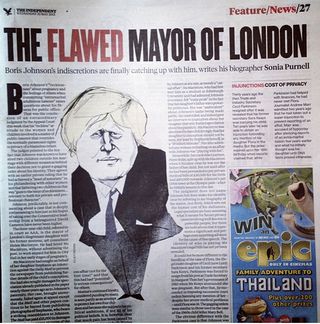
One of the challenges of being an editorial illustrator is making sure clients doesn't forget about you! A monthly newsletter sent by email is a good way to do this. Make it short with lots of lovely visuals of recent commissions. If you have not had a commission that month, brief yourself and create some great work.
Clients want to feel that you are busy and productive with new work to show each month. Keeping making great work and getting it shown by the right clients and you shouldn't go far wrong.
Words: Anna Wray
Anna Wray is an illustrator/author and a visiting lecturer on the Ba(Hons) Illustration at Cambridge School of Art. Check out her work and writing on her website.
Liked this? Read these!
- The best collage maker tools - and most are free!
- The ultimate guide to logo design
- The best free calendar template designs for 2014
Fancy seing your work featured in Computer Arts magazine? Its regular Showcase section features the best new illustration talent - email exposure@computerarts.co.uk with your submission.

Thank you for reading 5 articles this month* Join now for unlimited access
Enjoy your first month for just £1 / $1 / €1
*Read 5 free articles per month without a subscription

Join now for unlimited access
Try first month for just £1 / $1 / €1
Get the Creative Bloq Newsletter
Daily design news, reviews, how-tos and more, as picked by the editors.
The Creative Bloq team is made up of a group of design fans, and has changed and evolved since Creative Bloq began back in 2012. The current website team consists of eight full-time members of staff: Editor Georgia Coggan, Deputy Editor Rosie Hilder, Ecommerce Editor Beren Neale, Senior News Editor Daniel Piper, Editor, Digital Art and 3D Ian Dean, Tech Reviews Editor Erlingur Einarsson and Ecommerce Writer Beth Nicholls and Staff Writer Natalie Fear, as well as a roster of freelancers from around the world. The 3D World and ImagineFX magazine teams also pitch in, ensuring that content from 3D World and ImagineFX is represented on Creative Bloq.



